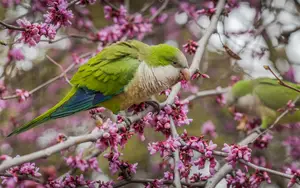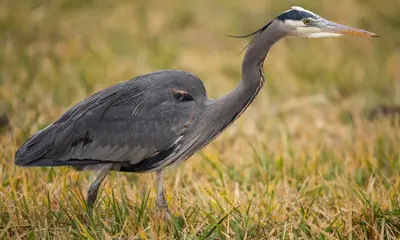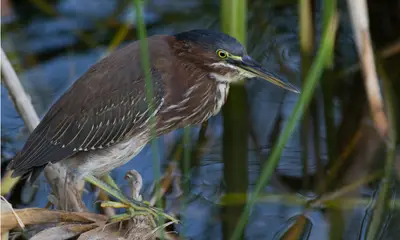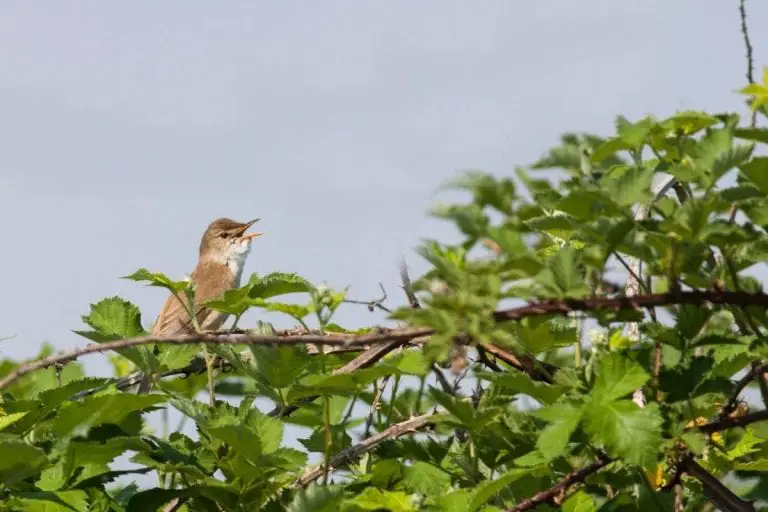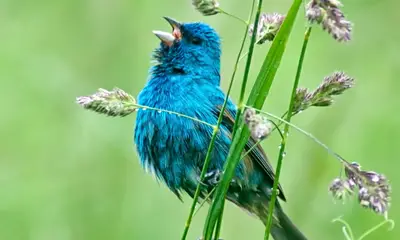Amazing Bird With RED MOHAWK (Photos & Key Facts)
Whether you’re a seasoned bird watcher and you need help with species identification, or you have simply spotted a bird with a red mohawk recently and you’d like to know what it was, rest assured that you have clicked on the right article for you!
One of the most distinctive birds in the world is the Pileated Woodpecker, a bird that has a fiery red crest on the top of its head that resembles a mohawk hairstyle, and is more than likely the bird that you spotted.
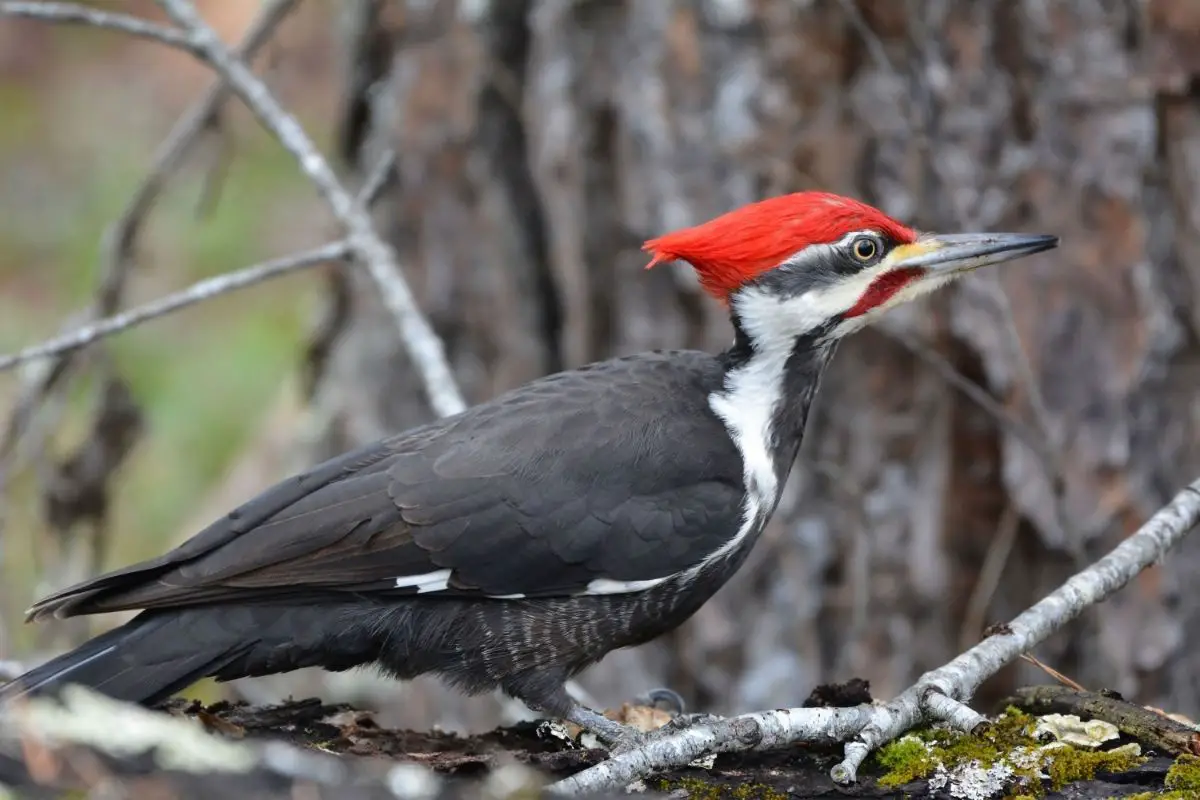
To help you gain a better understanding of this unique species of bird, as well as to discover whether or not it’s the bird that you saw, in this article, we will be taking a closer look at the Pileated Woodpecker!
So, with that being said, let’s read on to discover more about this distinctive bird.
The Pileated Woodpecker: General Description
Now that we have outlined that the bird you spotted is the Pileated Woodpecker, we are now going to be taking a closer look at this bird so that you can better understand this interesting species of bird.
Described as being one of the biggest forest birds in the world, the Pileated Woodpecker is almost as big as a crow, which is pretty big given the fact that it is a part of the woodpecker family.
The Pileated Woodpecker typically tends to contain bold black coloring with striking white stripes all throughout the neck and sometimes even extending down towards the body.
As for the size? On average, this large bird will typically reach around 16-19 inches upon reaching full adult maturity, with its wingspan often tending to reach upwards of 30 inches.
The top of the head (which is otherwise referred to as being the crest) is bright, vibrant and fiery red in color, which helps to explain why the red crest so closely resembles a bold and striking red mohawk hairstyle!
Related: What are the birds with the craziest hairstyles?
The Pileated Woodpecker: Diet
The Pileated Woodpecker tends to be found foraging near big trees and areas of large vegetation where insects might be hiding.
Typically, the Pileated Woodpecker will often eat a range of different insects, including beetles, ants and even caterpillars if they can find them.
However, considered to be an opportunistic bird, the Pileated Woodpecker will easily adapt in the instance that they are unable to find the insects that they typically eat, and will often also eat other foods including berries and even nuts.
The Pileated Woodpecker: Sound
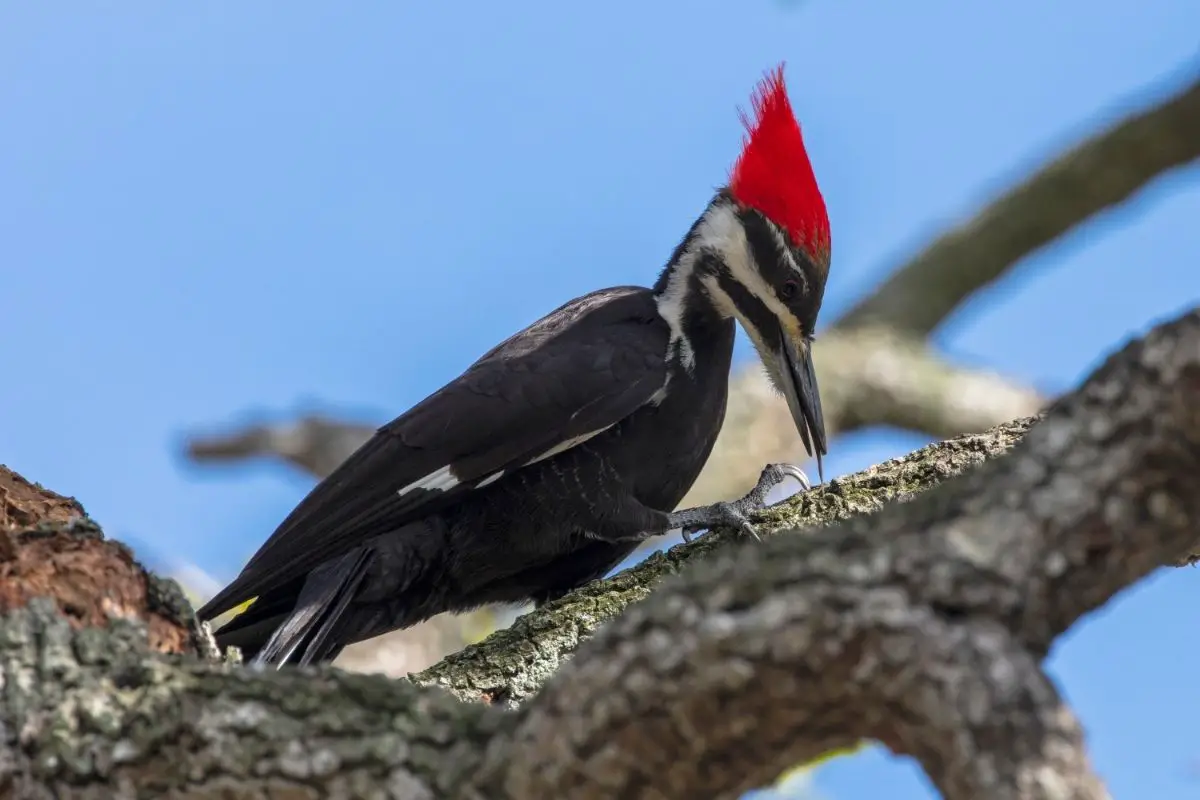
Just like with other types of bird, sound is a great way to identify what kind of bird they are.
When it comes to the Pileated Woodpecker, while they might not be considered to be songbirds, the Pileated Woodpecker is a vocal bird that often produces a range of different sounds that often sound close to a human chuckle or laugh.
They typically tend to make these sounds while they are hopping from place to place, and sometimes even while they are flying above the trees.
Next time you’re around one of these birds, listen out for some distinctive “wash” and “wuks” sounds!
The Pileated Woodpecker: Fun Facts
- Unlike other types of birds, both the male and female Pileated Woodpecker will help each other to raise their young until they are ready to leave the nest! The male even helps with incubation, which is very rare.
- The Pileated Woodpecker is one of the largest forest/wood birds in the world, and is almost as big as a crow!
- While digging for insects, the Pileated Woodpecker will often try to dig rectangular holes in order to discover the insects hiding underneath the forestation!
- While hunting for food, the Pileated Woodpecker can become very loud and animated, so much so, that they often attract other birds!
- The Pileated Woodpecker mates for life and stays in a monogamous pairing, which is relatively rare for woodpeckers.
Additional Tips For Identifying Birds
Now that you know what type of bird you spotted sporting a fiery crest, we now think that it would be a good idea to share with you some additional guidance on how you can help to boost your chances of being able to identify future unique and rare bird sightings that you make.
For starters, we strongly encourage you to pack a phone or notepad so that you can easily jot down a quick description of the bird that you have spotted.
That way, not only will the memory be fresh in your mind (which means that the description you note will be accurate) but you will also find that you are able to identify the bird more easily when researching it online.
In addition to this, if it is possible, we also recommend that you try and snap a few photos, as this will make the identification process all the easier.
Along with all of the above, we also strongly recommend that you take the time to observe the bird’s behavior too, as this will help you to identify the bird.
By this we mean, you should be sure to observe what type of food the bird is foraging for, as well as how it hunts for insects/berries.
You should also keep an eye out for any displays for any unique behaviors that might be specific to a certain type of bird family, such as woodpeckers.
Along with this, we also recommend that you listen to what type of sound the bird makes, does it whistle frequently, or hardly ever? All of these things will help you to identify what bird it is.
Final Thoughts
There we have it! After reading this article, we hope that we have helped you to identify the type of bird that you spotted with a fiery red “mohawk”.
In addition to helping to provide you with some clarity on the bird that yo spotted, we are also hoping that you now have a much better understanding of how you can easily identify future birds that you spot.
Thank you for reading!

